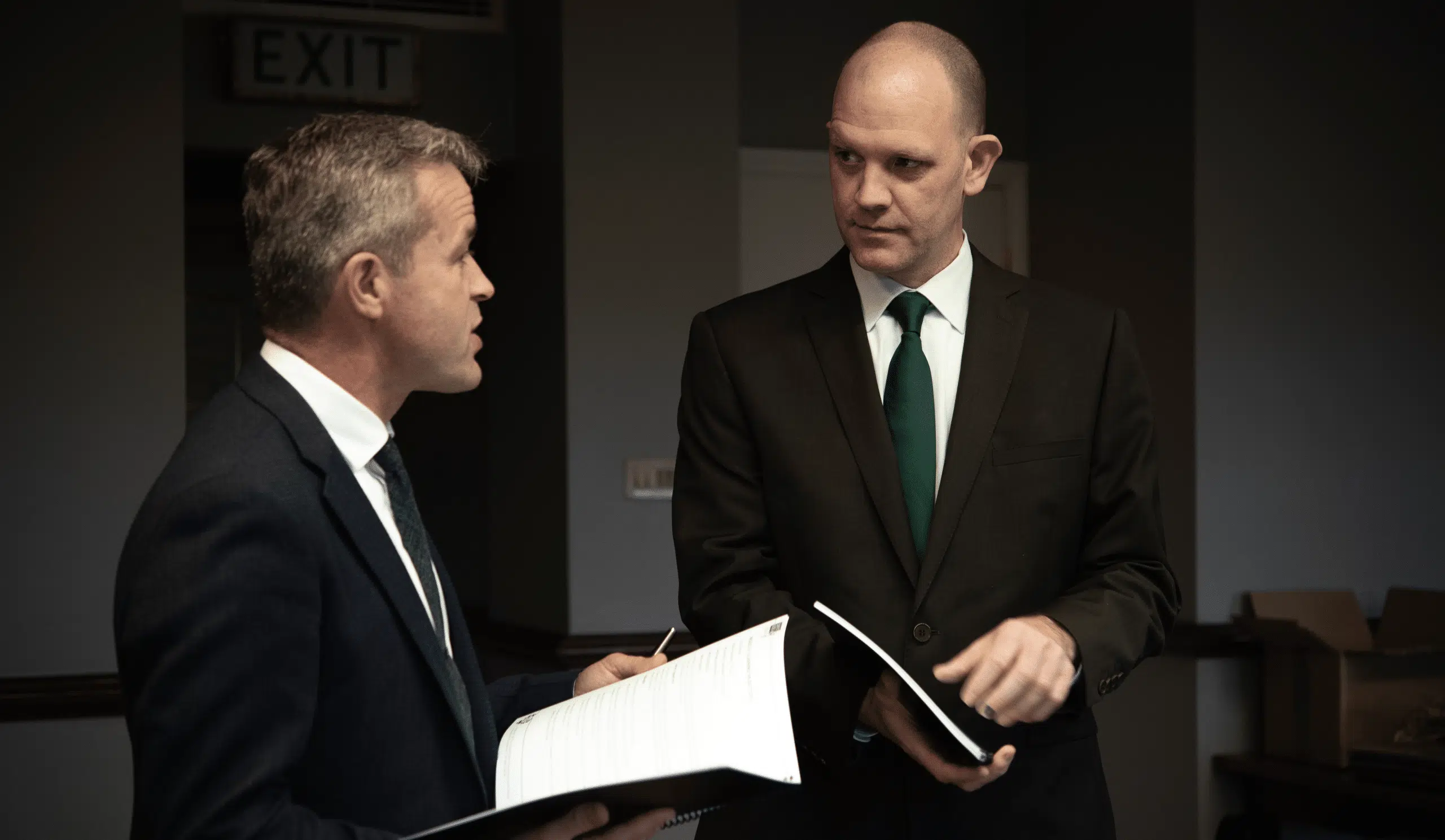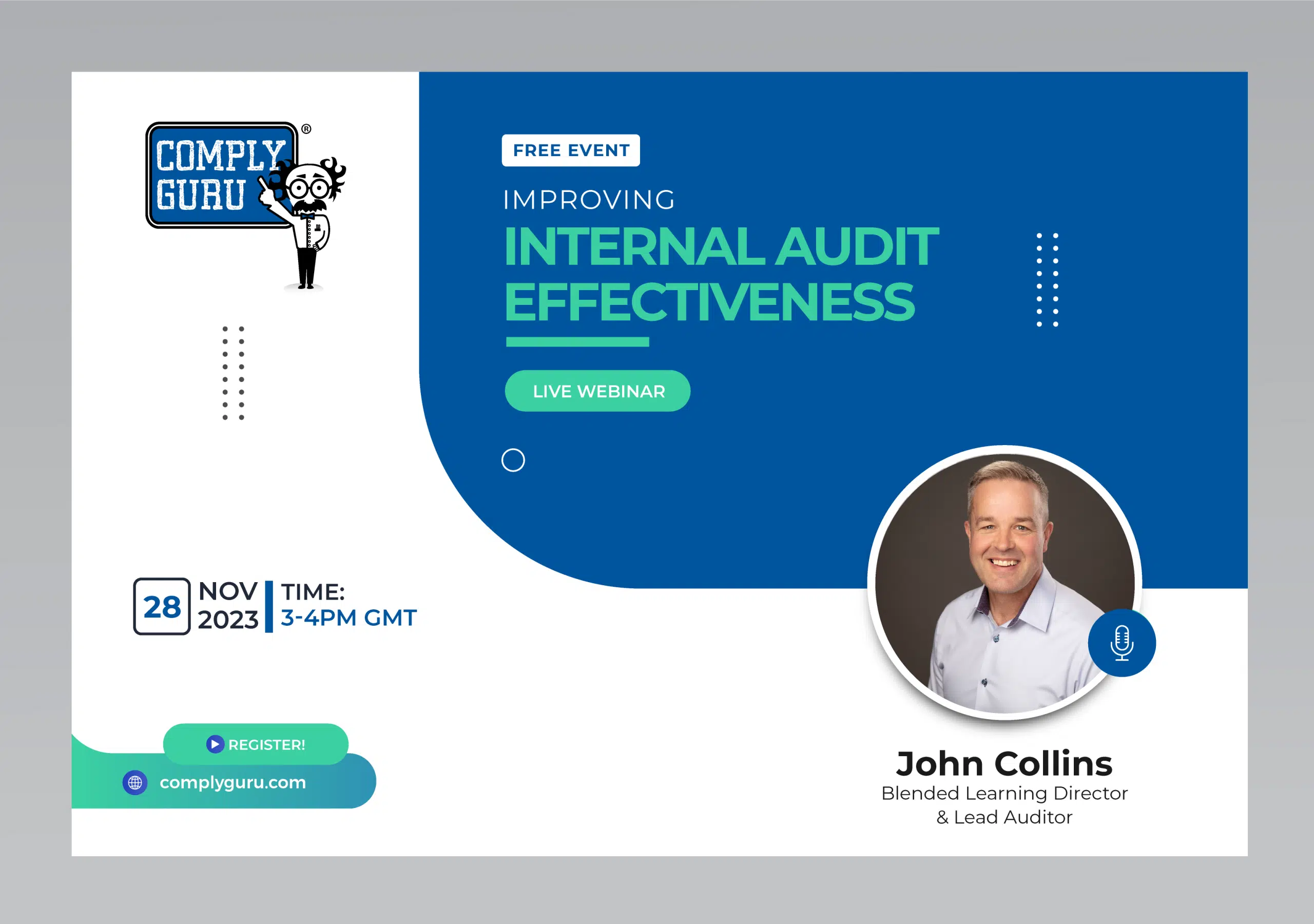We’ve helped 3,800+ Learners and are trusted by
Why Comply Guru?
We offer transformational training for the modern workforce
that does not compromise on learning effectiveness.



Blog

Free Webinar on Improving Internal Audit Effectiveness
Join us on Tuesday, November 28th for a free Webinar on Improving Internal Audit Effectiveness with John Collins from 3-4pm GMT.

New IRCA 2-in-1 Approval for EHS Lead Auditors
On 30th October 2023, IRCA formally certified Comply Guru’s latest Blended Learning offering, a Combined ISO 14001 and ISO 45001 Lead Auditor Training (No. 2677) that is a hybrid of eLearning and Live Workshops.




























